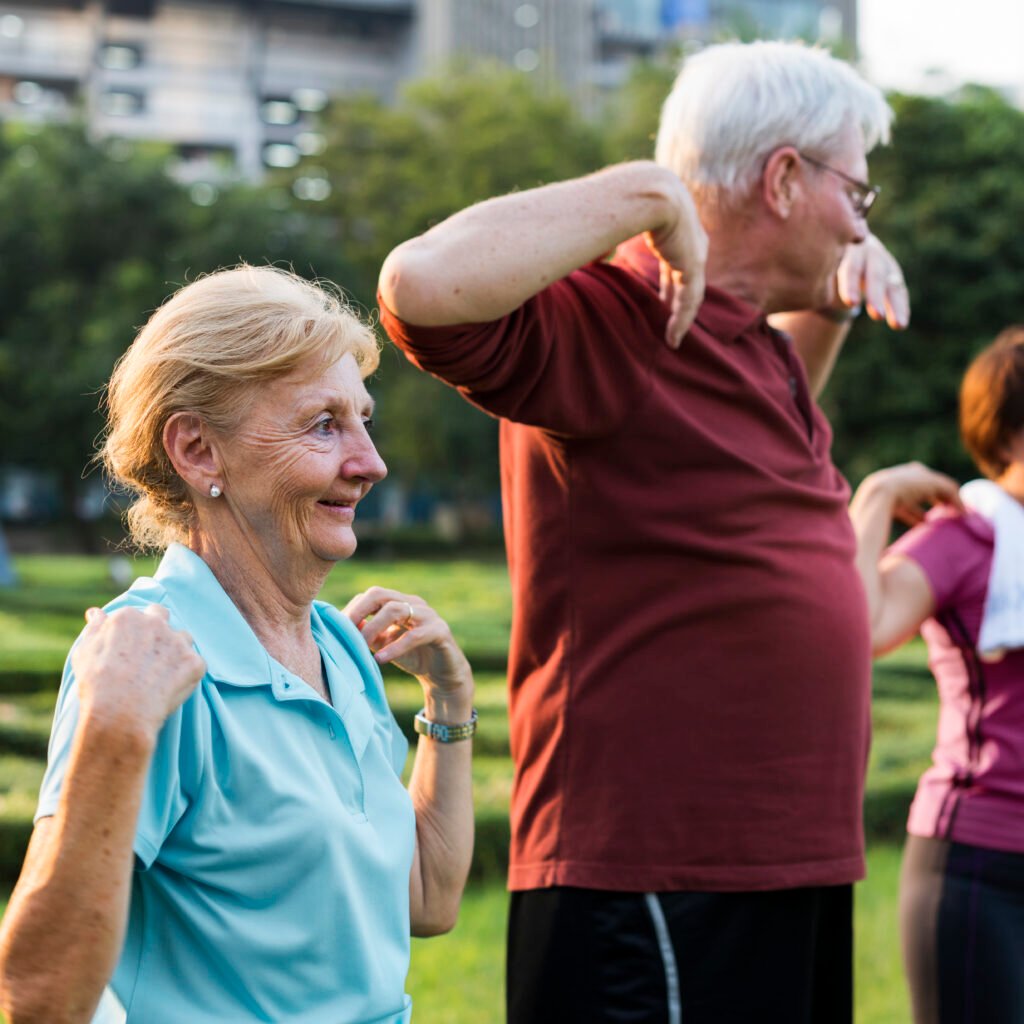The Hand on Heart Anchor: A Neuroscience-Backed Tool to Calm Anxiety (For You & Your Child)

Introduction: When the Storm Hits, Where is Your Anchor? As parents, we know the feeling: the rush of worry in our own chest, or seeing that familiar fear take hold of our child. Anxiety—that overprotective part of the brain working overtime—is a normal human experience. But when it gets too loud, we need simple, […]
The Journey to Your Essence: Recognition is Born Within You

Have you ever stopped to think about how you talk to yourself? What voice do you hear inside when things don’t go as you hoped? “I’m no good at this,” “I always mess up,” “I’m a failure.” These phrases, which often repeat in our minds, are a reflection of one of the deepest human wounds: […]
Do you feel that your adult fears come from your childhood? Healing your inner child could be the answer.

Have you ever wondered why you react a certain way to stress, conflict, or even joy? Do you sometimes feel insecure, find it hard to set boundaries, or seek validation from others? Many of the insecurities, fears, and patterns that define us as adults have their roots in our childhood. Often, without realizing it, we […]
The Power of Recognition: Deepen Your Connection with Bioneuroemocion on vmindcare.com

Feeling appreciated and recognized by your partner is a cornerstone of a healthy and fulfilling relationship. It strengthens the bond, fosters intimacy, and motivates both partners to contribute their best. However, the daily grind can sometimes overshadow expressing appreciation, leading to feelings of neglect and resentment. This blog post explores how Bioneuroemocion, a powerful therapeutic […]
Building Your Safe Haven: A Bioneuroemocion Approach to Security for Young Immigrants on vmindcare.com

Introduction: Embarking on a new life in a foreign land is an exciting adventure, but it can also feel overwhelming. Young immigrants often face challenges like navigating unfamiliar environments, adapting to new cultures, and feeling isolated from loved ones. These experiences can create feelings of insecurity and vulnerability. This blog post explores how Bioneuroemocion, a […]
Unleash Your Inner Power: A Bioneuroemocion Approach to Overcoming Imposter Syndrome

Introduction: Imposter Syndrome, that nagging feeling of inadequacy despite your achievements, plagues many, especially those navigating new challenges. This blog post explores how Bioneuroemocion, a groundbreaking therapeutic approach, can help you conquer these self-doubts and embrace your true potential. What is Imposter Syndrome? Imposter Syndrome is a psychological pattern where individuals doubt […]
Bioneuroemotion: The Mind-Body Connection and Pain

Understanding the Link Between Your Thoughts, Emotions, and Physical Health Have you ever noticed how stress can manifest physically, perhaps as a headache or a tense neck? Or how a positive mood can seem to boost your energy levels? These connections between your mental state and your physical well-being are at the heart of bioneuroemotion. […]
From Big Fish to Small Pond

Thriving in a New Career After Immigration So you took the leap! You left behind a familiar career path and immigrated to a new country seeking a better life. But now, you find yourself in an entry-level position, feeling like a big fish in a small pond. Don’t worry, this experience is more common than […]
Feeling Insecure and Clingy?

Break Free from Needy Patterns in Your Relationship Are you in a relationship where your fear of abandonment makes you cling to your partner? Do you find yourself distrustful and disrespecting them, even though you crave their love? You’re not alone. Many people struggle with insecurity and a need for constant reassurance, leading to unhealthy […]
Mindfulness and Bioneuroemotion

More and more people are realizing that in order to enhance their emotional well-being, they need to develop themselves internally and learn to expand their awareness of what is happening to them. At the same time, increasing research supports the idea that individuals who engage in these types of practices are able to reduce their […]
